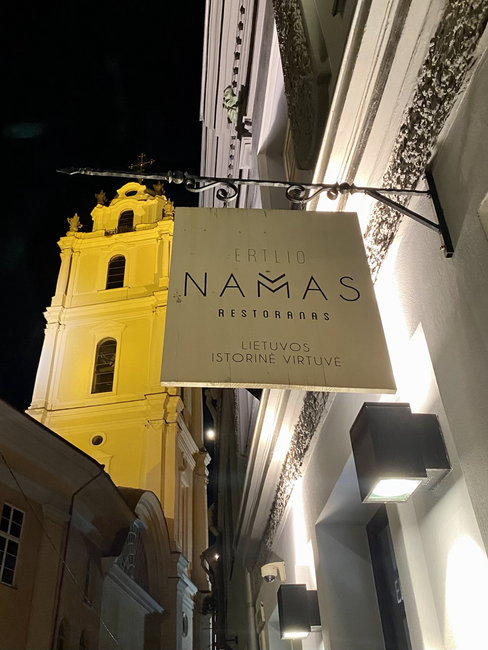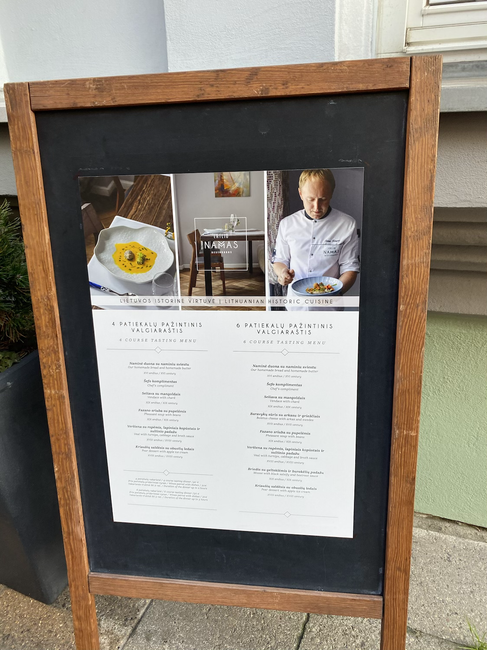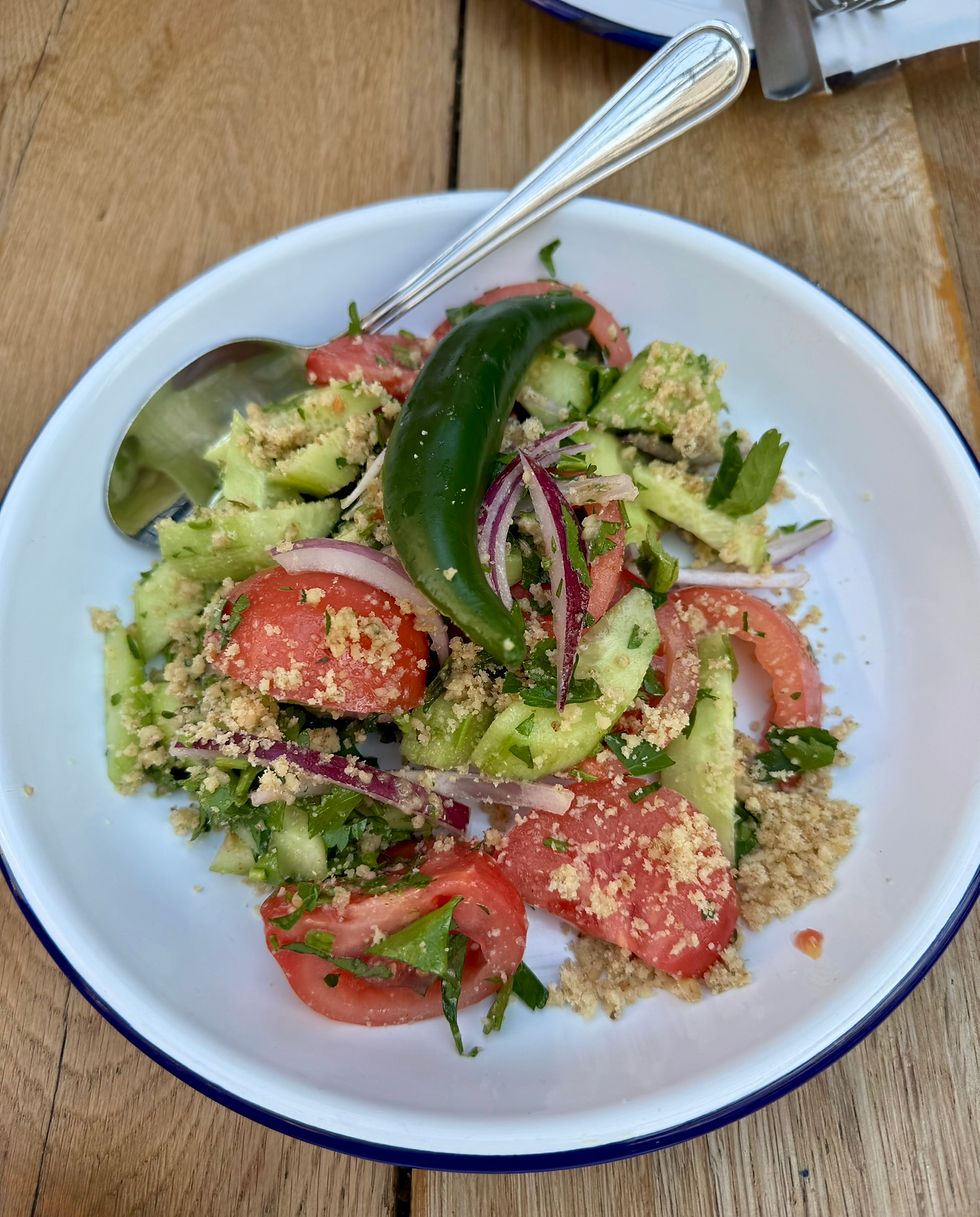The Best Historical Lithuanian Cuisine Restaurant in Vilnius
- worldculturebazaar
- Nov 14, 2021
- 3 min read
There are many places serving Lithuanian cuisine in Vilnius, however “Ertlio namas” is the only one that is not only upscale, but also prepares historical Lithuanian cuisine of the upper classes until the XIX century.
“Ertlio namas” (The House of Ertlis) is located in the Old Town of Vilnius in one of the many historical buildings of the capital. The building itself is dated back to the XVII century and was a gift to Ertlis, one of the builders of the Cathedral. To this day, the name of the building, as well as its original design, have been preserved.
The chef, Tomas Rimydis, has chosen this time frame because of its uniqueness and lack of knowledge about the food of that time. As he mentioned, we all know what has happened to Lithuanian cuisine since then because it stays similar until these days.
The menu of the restaurant is changed every two months. Not surprisingly, it depends heavily on seasons because of tradition. Every new menu is being discussed with the scientist of historical Lithuanian cuisine, Dr. Rimvydas Laužikas. The restaurant offers a choice of 4 or 6 course tasting menu which takes accordingly about 2 or 3 hours. There is also an option to pair beverages with the food.
http://ertlionamas.lt/
No matter which menu you choose, the dinner will start with a homemade rye bread accompanied by smoked parsley butter. The staple of Lithuanian cuisine was, and probably still is, a good bread. Just take a look at any store or market and you will have no doubt about that. Although there many different varieties of bread, the king is unquestionably one - a dark rye bread.
The sweetness of homemade bread reminded me a little of a dessert, and the flavorful green butter - a description "smoked" was similar to traditional Mayan cuisine from Mexican Yucatan peninsula where “smokiness” could be the best adjective to describe their dishes. The beginning promised a tasty journey. For me, it was already heaven. Bread, cheese, and wine would be my first three choices anywhere and everywhere. 🙂

Even the food tastes better with a good company, especially when the company consists of dear friends!
Although everything was delicious, the first dish - Vendace, a fish from the salmon family, similar to herring, with chard and red beet cloud - was our favorite; it was the most complex and flavorful.
Vendace with chard (XIX century)
For centuries, the forest was the most important source of food in Lithuania, so different mushrooms, berries, nuts were and still are popular in the local cuisine.
Boletus Cheese with Arkas and Swedes (XVII century)

Soup is loved by everyone in Lithuania. During the festive lunch, we were served two soups: a cold one and a warm one.
Pheasant Soup with Beans (XVII century)
Meat was the second most important food in Lithuania. Beef made up half of all meat dishes and root vegetables, especially turnips, were the most common vegetables. Cabbage was the food of the rich because it did not grow in Lithuania and was brought in from Livonia (nowadays territories of Latvia and Estonia). The custom to eat vegetables was brought by Italian Bonn Sforza in seventeen century.
Veal with Turnips, Cabbage and Broth Sauce (XVIII century)

In the days of the Grand Duchy of Lithuania, hunting was a pastime of the noblemen. It was uncommon to eat the meat of the wild animals since it was considered not civilized.
Moose with Black Salsify and Beetroot Sauce (XIX century)

The word “dessert” only came to be in the 17th century. Desserts were even sold at some pharmacies until the 19th century 🙂
Pear dessert with apple ice cream (XVIII century)

The last compliment of the kitchen - homemade chocolate.

And one more interesting and unusual product to try - Red Beet Bitter with Truffles. It is produced at the Manor Pakruojis along with many other unheard flavors, like horseradish, bacon, thyme with saffron etc. I would not say that I liked it - the sweetness of beets was too overpowering for me - but the idea itself is perfect, and I would like to taste the other flavors of the Pakruojis Manor!
https://parduotuve.pakruojo-dvaras.lt/produkto-kategorija/spirito-varykla/

A very important link in every restaurant is the server. Our server, Dovilė, was not only taking orders and bringing us dishes, but also introducing every dish while telling short stories about it, so it was more fun to taste.

And compliments to the chef Tomas Rimydis: an experience well worth the time and money!






















Comments